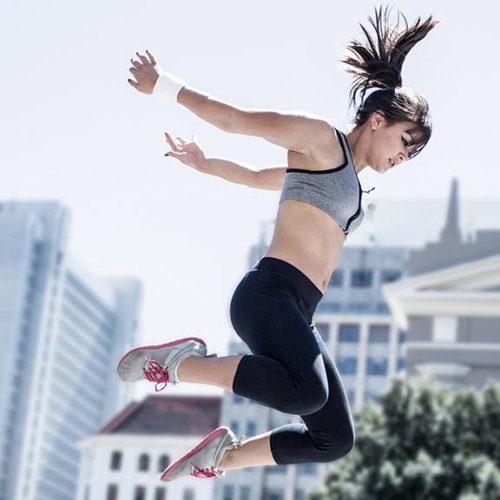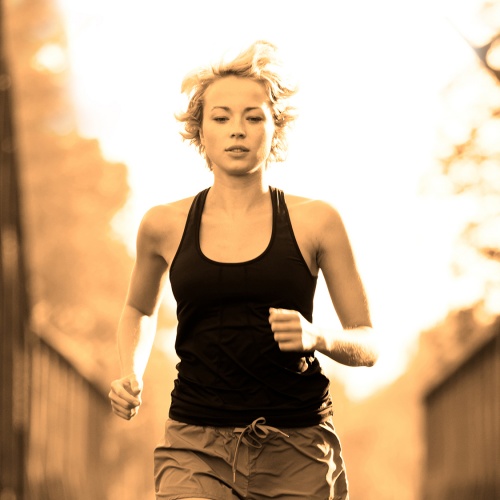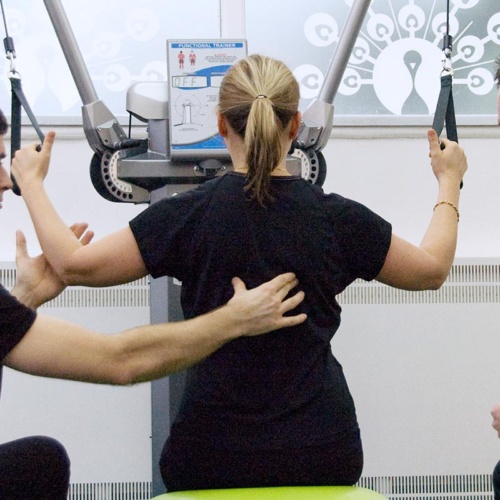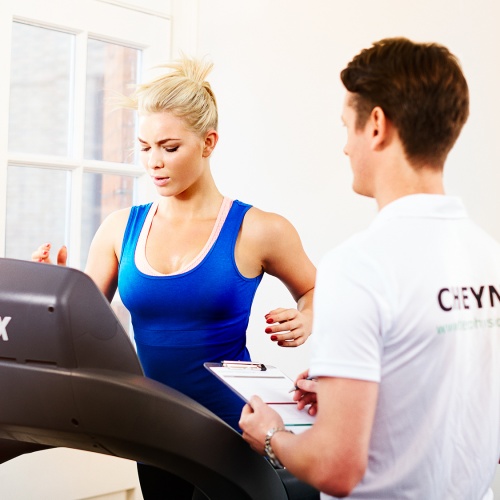It’s that time of year again – the days become shorter, the nights colder and the temperatures plummet.
For people into snow-sports, this translates to growing excitement for the coming days spent carving through soft powder and the nights sitting in front of a warm fire with the pleasant ache of hard-worked muscles.
For physiotherapists like me, what this season mainly heralds is a massive jump in ski-related injuries, courtesy of a mix of bad luck, inexperience, and unfit, deconditioned or weakened skiers and snowboarders hitting the slopes.
Luck is in the lap of the gods. Inexperience can be addressed courtesy of a good ski-school or instructor. But the rest boils down to some individual choices that most of 2017’s skiers are making (or not making) right now.
People often forget (or gloss over) just how physically demanding skiing and snowboarding are. Both represent a challenging full body workout over a several hour period.
Despite that, the closest that many people get to pre-mountain training is a few late evenings in the office getting that week’s workload wrapped up so they can board the plane with a clear conscience.
Whilst it’s important to be able to switch off on holiday, it’s even more important to realise the physical challenge you’re about to undertake.
A week’s skiing falls into an intense category of sport; where physical requirements are high and a good basic level of strength is recommended. Like most sports, training is essential to ensure you can last the time out on the slopes without resorting to sloppy technique; often a short-cut to injury.
Excepting unavoidable impact injuries (there’s an inherent risk with all snow-sports after all), most soft-tissue, ligament and tendon injuries are either preventable, or their impact can be reduced.
Statistically, hips, knees and ankles are the most frequently injured due to twisting or pivoting injuries; generally caused by fatigue alongside poor mechanics.
In general, the culprits causing poor lower limb mechanics are your gluteal muscles, quadriceps, ankle stabilisers and the core muscles, which align the pelvis.
This seems easy to address – get in the gym or get out the weights and start squatting, right? Yes. And then again, no.
While squats, deadlifts, lunges and calf raises are all incredibly important for basic strength and overall endurance – getting your mechanics right so that you’re moving better is key.
Preventing injury often comes down to having control over your body when you need it, as opposed to just having strong muscles that don’t actually help to support you if you move out of your normal base of support. (As an example: when you hit a mogul at an awkward angle; it’s control rather than strength that enables you to correct the sudden change in movement, instead of falling and wrecking your knee.)
Previous Ten articles have covered the basics in terms of introductory exercises you can do to begin improving your strength around your lower limbs – particularly important if you haven’t been active throughout the year, and a good starting point for a beginner. (You can find these below.)
However, not everyone needs the same set of generic exercises to ensure that they will be completely fine for the ski season. Everyone has different strengths and weaknesses dependent on their body type, exercise habits and history, previous injuries and lifestyle choices.
So before you start your pre-ski preparation, getting yourself assessed for any imbalances or mechanical misalignments is the first step in creating the most effective and time-efficient programme for your needs – especially if you have been carrying any injuries throughout the year.
Getting assessed by the Physiotherapists at Ten is easy – and depending on what you require, doesn’t necessarily take a long time.
Full body MOT’s are great at working out where you might be weakest or most at risk for injury and identifying the steps required to fix the issue. Treatment programmes can be as in-depth as you would like; with additional options for soft tissue work, mobilisations, dry needling and acupuncture alongside home exercise programs, gym programmes, Pilates, TRX and one-on-one training. Even if you have a current programme, it can also be useful to streamline and optimise it by correcting form or adding additional exercises.
So if you’re planning a ski trip in 2017, one final bit of advice. Come and see me (or one of my colleagues) 6-8 weeks before you go. Trust me, the sessions will be easier, and a lot more enjoyable and less painful than having to come and see me when you get back.





